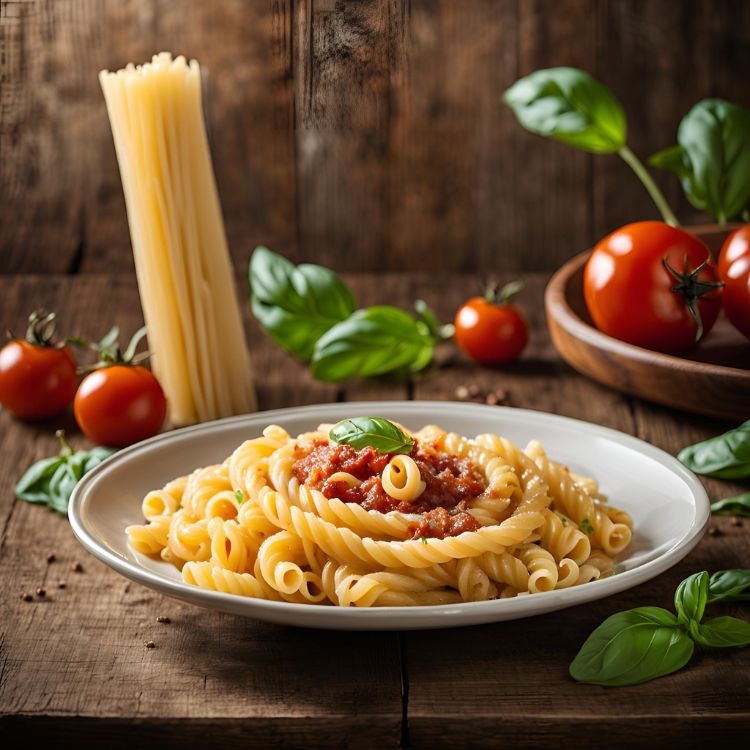Long macaroni and other elongated pasta types offer unique versatility and appeal in the kitchen. Traditionally associated with Italian cuisine, long pasta varieties like spaghetti, linguine, and fettuccine are often seen as comfort foods that pair seamlessly with a wide array of sauces, meats, and vegetables. Each type holds its own appeal, from capturing sauces to serving as a base for robust dishes. This guide explores the characteristics of long macaroni, how it differs from other pasta types, and how to best use it in cooking.
Types of Long Macaroni and Similar Pasta

While long pasta is often grouped under terms like spaghetti or linguine, there are several key varieties, each suited for different dishes:
- Spaghetti – One of the most popular long pasta types, spaghetti is cylindrical, with a moderate thickness. It’s highly versatile and pairs well with both light sauces (like marinara) and richer options like carbonara.
- Fettuccine and Tagliatelle – These are flat, ribbon-like pastas slightly wider than spaghetti. Their broader surface area allows them to hold onto creamy and thick sauces, making them ideal for Alfredo or bolognese.
- Bucatini – Often called “hollow spaghetti,” bucatini’s tubular shape adds an interesting texture and can trap more sauce, enhancing every bite. It’s perfect for heavier sauces like amatriciana.
- Capellini (Angel Hair) – A thin, delicate pasta, angel hair cooks quickly and pairs well with lighter sauces, such as olive oil or marinara with fresh tomatoes.
- Linguine – With a slightly flattened shape, linguine can capture a bit more sauce, making it ideal for seafood-based dishes or pesto.
Cooking Tips and Best Practices
- Choosing the Right Pasta Shape: Each pasta shape works best with certain sauces. Long, slender types like spaghetti and angel hair are often paired with light, oil-based or tomato sauces, while thicker pasta like fettuccine suits creamier, heavier sauces.
- Cooking Time: Long pasta generally takes between 8-12 minutes to reach an al dente texture. It’s crucial to follow instructions and taste-test a minute before the suggested time for optimal texture.
- Sauce Pairing: Remember to consider the texture and thickness of both the pasta and sauce. A good rule of thumb is to match light sauces with thinner pasta (e.g., olive oil with angel hair) and hearty sauces with thicker pasta.
FAQs
What is the best sauce for long macaroni?
For a traditional long macaroni or spaghetti, marinara, bolognese, or Alfredo are classic choices. Consider bucatini or fettuccine for heavier sauces and capellini or spaghetti for lighter ones.
Is long pasta healthier than short pasta?
Both types are similar in nutritional value; the main difference lies in cooking and the dishes they best suit. Whole-grain options are a healthier alternative, regardless of shape.
How do I prevent long pasta from sticking?
Stirring pasta while cooking and adding salt, not oil, can help prevent clumping. Draining the pasta promptly and mixing with sauce also helps.
Conclusion
Long macaroni and similar pasta varieties offer delicious possibilities. By choosing the right sauce and following some best practices, you can make a dish that brings out the best in these pasta types. Whether for a classic Italian meal or a modern twist, long macaroni holds its place as a staple with endless versatility.
